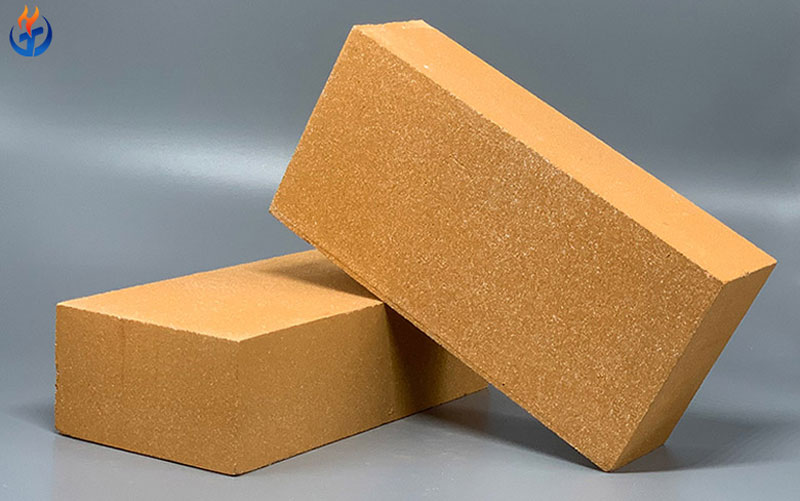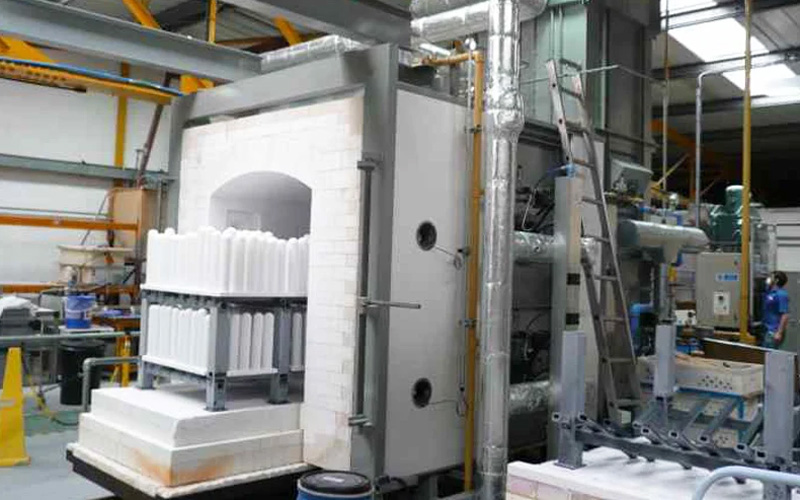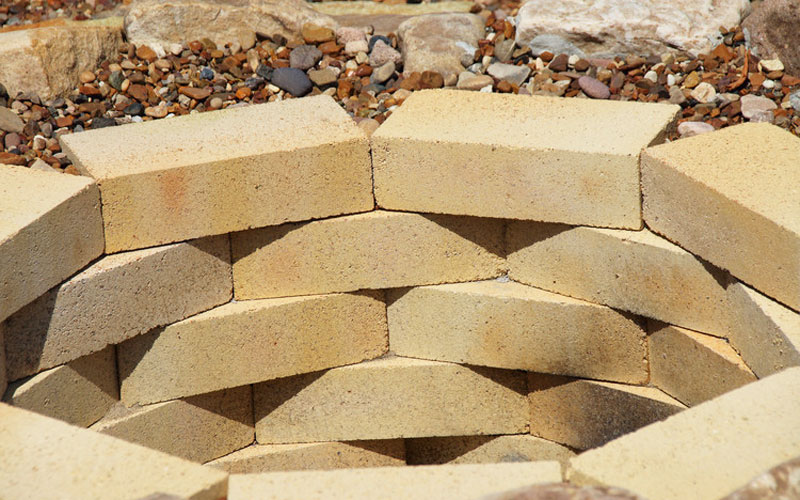Kilns are essential in various industries such as ceramics, metallurgy, glass production, and refractory applications. The efficiency, durability, and safety of a kiln largely depend on the quality of its construction materials—especially the kiln bricks. When it comes to building or maintaining a kiln, understanding the types of kiln bricks is crucial for optimal performance and longevity.
In this article, we will explore the common types of kiln bricks, their material composition, features, and suitable applications. Whether you’re a kiln operator, manufacturer, or a hobbyist, this guide will help you choose the right bricks to meet your needs.
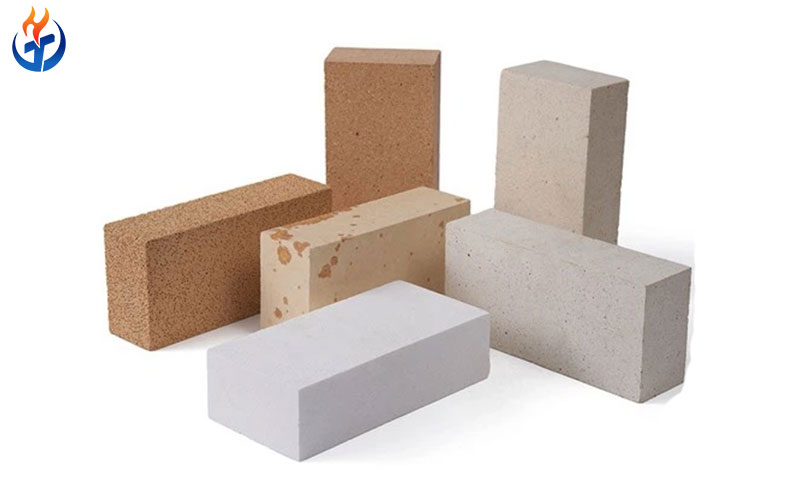
What Are Kiln Bricks?
Kiln bricks are specialized refractory bricks designed to withstand extremely high temperatures, thermal cycling, and mechanical wear inside kilns and furnaces. Unlike regular construction bricks, kiln bricks have properties such as heat resistance, thermal insulation, and chemical stability to endure harsh kiln environments.
There are many types of kiln bricks, each tailored for specific kiln zones or industrial requirements. Selecting the right type depends on factors like operating temperature, atmosphere (oxidizing or reducing), mechanical stress, and thermal shock resistance.
Major Types of Kiln Bricks
1. Firebricks (Refractory Bricks)
Firebricks are the most common type of kiln bricks. Made from refractory ceramic materials such as alumina, silica, and fireclay, firebricks are known for their ability to resist high temperatures—typically up to 1400°C (2550°F) or higher.
Features:
High thermal stability
Good resistance to thermal shock
Mechanical strength at elevated temperatures
Chemical inertness in neutral or oxidizing environments
Applications:
Lining kiln walls and floors
Fireplaces and furnaces
Ceramics and pottery kilns
Steel and glass industries
Firebricks are usually dense, heavy, and come in standard rectangular shapes for easy installation.
2. Insulating Firebricks (IFBs)
Insulating firebricks are lightweight bricks designed to provide excellent thermal insulation while withstanding moderate to high temperatures (typically up to 1100–1200°C). They have a porous structure that traps air, reducing heat transfer.
Features:
Lightweight and easy to handle
Low thermal conductivity (energy-saving)
Good thermal shock resistance
Lower mechanical strength compared to dense firebricks
Applications:
Insulating the outer shell of kilns and furnaces
Kiln roofs, walls, and backup insulation
Heat treatment kilns, ceramic kilns
IFBs help improve kiln energy efficiency by minimizing heat loss but are generally not suitable for high abrasion or mechanical stress zones.
3. High Alumina Bricks
High alumina bricks contain a high percentage of alumina (usually between 48% and 90%), which gives them superior refractoriness and mechanical strength.
Features:
Can withstand temperatures up to 1750°C or more
High resistance to slag and chemical attack
Excellent load-bearing capacity at elevated temperatures
Better abrasion resistance than fireclay bricks
Applications:
Steel furnaces, glass tank linings
Cement rotary kilns
Kilns with aggressive atmospheres or high thermal stress
High alumina bricks are ideal for the hotter zones of a kiln where intense heat and corrosion occur.
4. Silica Bricks
Silica bricks are mainly composed of silica (SiO2) and are highly refractory, capable of withstanding temperatures above 1650°C.
Features:
Excellent resistance to high temperatures and thermal shock
High melting point
Good chemical resistance in oxidizing atmospheres
Brittle under mechanical stress, so not suitable for load-bearing zones
Applications:
Glass furnace regenerators and superstructures
Cement kiln linings
Zones exposed to high temperatures but low mechanical stress
Silica bricks have a characteristic white or off-white color and are often used in combination with other brick types.
5. Magnesia Bricks
Magnesia bricks are made from magnesite (MgCO3) and have a high melting point and chemical resistance.
Features:
Suitable for basic (alkaline) slag environments
Can resist temperatures up to 2000°C
Good mechanical strength
Corrosion resistance in basic conditions
Applications:
Steel-making furnaces
Lime kilns
Basic oxygen furnaces
Magnesia bricks are specifically chosen for kilns dealing with alkaline slags or environments.
6. Chrome-Magnesite Bricks
These bricks combine magnesia with chromium oxide, enhancing corrosion resistance and strength.
Features:
Excellent slag resistance
High mechanical strength
Good thermal shock resistance
Applications:
Steel ladles and converters
Kilns with aggressive slag compositions
Due to chromium content, these bricks can be more expensive and require careful handling.
7. Carbon Bricks (Graphite Bricks)
Carbon bricks or graphite bricks are made from carbon or graphite materials, offering excellent thermal conductivity and resistance to chemical attack.
Features:
High thermal shock resistance
Resistant to reducing atmospheres
Lightweight but brittle
Not suitable for oxidizing environments without protective coatings
Applications:
Metallurgical furnaces
Blast furnace linings
Kilns with reducing atmospheres
Carbon bricks require protective coatings to prevent oxidation during use.
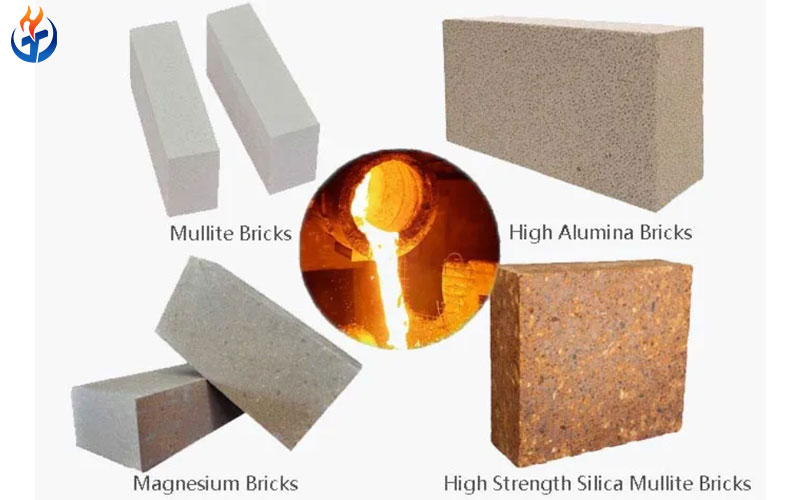
Factors to Consider When Choosing Kiln Bricks
Selecting the right type from the many types of kiln bricks requires understanding your kiln’s operating conditions:
Operating Temperature: Match the brick’s refractoriness to your maximum kiln temperature.
Chemical Atmosphere: Some bricks resist acidic slags better; others resist alkaline environments.
Mechanical Load: High alumina bricks suit load-bearing zones; insulating bricks are for insulation.
Thermal Shock Resistance: Kilns with rapid heating/cooling cycles need bricks with good shock resistance.
Energy Efficiency: Using insulating bricks reduces heat loss and operational costs.
Installation and Maintenance: Consider ease of installation and replacement.
Maintenance Tips for Kiln Bricks
Proper maintenance can extend the life of kiln bricks regardless of type:
Regular inspection for cracks, spalling, or wear
Timely replacement of damaged bricks
Avoid thermal shocks by controlled heating and cooling
Use appropriate mortar or bonding materials during installation
Conclusion
Understanding the types of kiln bricks is fundamental for anyone involved in kiln operation or construction. Whether you require the dense strength of firebricks, the lightweight efficiency of insulating bricks, or the high-temperature endurance of high alumina or silica bricks, selecting the right material ensures kiln longevity, safety, and energy efficiency.
When planning your kiln build or refurbishment, consult with refractory experts – Xintai Refractory to choose the best combination of bricks tailored to your specific application. This will optimize performance and minimize downtime, giving you the best return on your investment.

